Like any other IRA, a self-directed IRA is a tax-advantaged retirement account investors can use to build wealth for retirement. Self-directed IRAs are unique because they offer the freedom and flexibility to invest in a wider range of assets beyond traditional investment options like stocks, bonds, and mutual funds.
What is a self-directed IRA?
A self-directed IRA is not a specific type of retirement account but rather an account that provides investors with more flexibility and control over their investment choices, allowing them to include a broader range of assets. A self-directed IRA enables investors to expand beyond stocks, bonds, and mutual funds and diversify into alternative assets such as real estate, private equity, precious metals, cryptocurrencies, and more.
This expanded flexibility allows investors to tailor their portfolios to their specific interests and expertise, potentially creating wealth while maintaining the same tax advantages offered by conventional retirement accounts.
Benefits of a self-directed IRA
Self-directed IRAs can offer huge advantages to investors who want to invest in alternative asset classes like real estate, private equity, and more. Here are five potential benefits of a self-directed IRA:
1. You’re in control: With a self-directed IRA, you hold the reins to your financial future. This is your retirement, and you are the best person to make decisions that align with your goals. At Equity Trust, our self-directed IRAs empower you to make all the choices regarding your investments. This level of control provides the freedom and flexibility to invest in assets that you understand and are comfortable with, allowing you to tailor your portfolio to your unique financial objectives.
2. Invest beyond – or beside – traditional investments: Self-directed IRAs allow you to invest beyond the stock market with more investment options. Many investors don’t realize they aren’t limited to stocks, bonds, and mutual funds and that it’s possible for their IRA to invest in real estate, notes, private equity, precious metals, private stock, and a wide variety of “alternative” investment opportunities as well. This versatility allows you to build a more robust, diversified portfolio that aligns with your investment strategy.
With the Universal IRA at Equity Trust, you can invest in both traditional investments like stocks, bonds, and mutual funds alongside alternative investments in one IRA.
Learn more about the Universal IRA
Most investment types are generally permitted as long as the IRS rules governing retirement plans are followed. For more information, see IRS Publication 590 and Internal Revenue Code 4975.
3. Gain tax advantages: Self-directed IRAs offer significant tax benefits, provided IRS regulations are met. Both Traditional IRAs and Roth IRAs have distinct characteristics and advantages, offering tax-deferred or tax-free growth, respectively. Investments within these accounts can grow tax-free until distributed after age 59½, whether you have a Traditional or Roth IRA. This means that all income, profits, and appreciation from investments in a self-directed account can accumulate within your IRA, helping your wealth grow faster without affecting your current taxable income.
4. Discover untapped capital: Self-directed IRAs can be a powerful source of investment capital, potentially enabling you to make a significant impact in your community. For real estate investors, business owners, and those currently investing in alternative assets outside their IRA, these accounts provide an opportunity to leverage existing retirement funds as additional capital for new ventures or investments. By exploring self-directed retirement accounts and consulting with a financial professional, you could unlock new avenues for investment and growth.
We’ve seen Equity Trust clients do extraordinary things with their retirement accounts – for themselves and for others. From rehabbing blighted neighborhoods and providing affordable housing opportunities, to financing local businesses, investors can have a positive impact on their communities.
5. Leave a tax-advantaged legacy: It’s possible to extend the potential benefits of self-directed IRAs beyond your own lifetime. You can elect one or multiple beneficiaries for your IRA. You can select your spouse, children, grandchildren, charities, or whoever else you would like to inherit your account when you pass away.
How to open a self-directed IRA
To open a self-directed IRA, the first step is to choose the right custodian. It’s important to choose a custodian who is registered as a “non-bank custodian” by the IRS and can custody retirement assets. Equity Trust is an industry-leading custodian with over 50 years of experience in the financial services industry.
Once you have selected a custodian, spend time researching the types of investments you want to include in your self-directed IRA. Consider your financial goals, risk tolerance, and investment knowledge to decide on the best mix of traditional and alternative assets, such as real estate, private equity, or precious metals.
Incorporating a self-directed IRA into your retirement planning strategy can provide a powerful way to diversify your investments and take control of your financial future. Whether you’re interested in exploring alternative assets or maximizing your portfolio’s growth with traditional investments, a self-directed IRA offers the flexibility and opportunities to align with your unique goals. Ready to get started? Contact Equity Trust today to learn more about how a self-directed IRA can benefit you.








